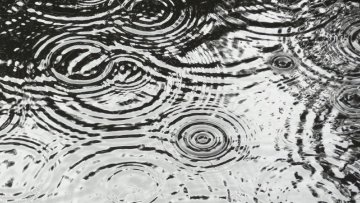Recent progress in 2-dimensional quantum Yang-Mills theory
Abstract
Quantum Yang-Mills theory is an important part of the Standard model built by physicists to describe elementary particles and their interactions. One approach to the mathematical substance of this theory consists in constructing a probability measure on an infinite-dimensional space of connections on a principal bundle over space-time. However, in the physically realistic 4-dimensional situation, the construction of this measure is still an open mathematical problem. The subject of this talk will be the physically less realistic 2-dimensional situation, in which the construction of the measure is possible, and fairly well understood.
In probabilistic terms, the 2-dimensional Yang-Mills measure is the distribution of a stochastic process with values in a compact Lie group (for example the unitary group U(N)) indexed by the set of continuous closed curves with finite length on a compact surface (for example a disk, a sphere or a torus) on which one can measure areas. It can be seen as a Brownian motion (or a Brownian bridge) on the chosen compact Lie group indexed by closed curves, the role of time being played in a sense by area.
In this talk, I will describe the physical context in which the Yang-Mills measure is constructed, and describe it without assuming any prior familiarity with the subject. I will then present a set of results obtained in the last few years by Antoine Dahlqvist, Bruce Driver, Franck Gabriel, Brian Hall, Todd Kemp, James Norris and myself concerning the limit as N tends to infinity of the Yang-Mills measure constructed with the unitary group U(N).


